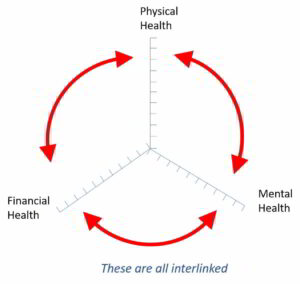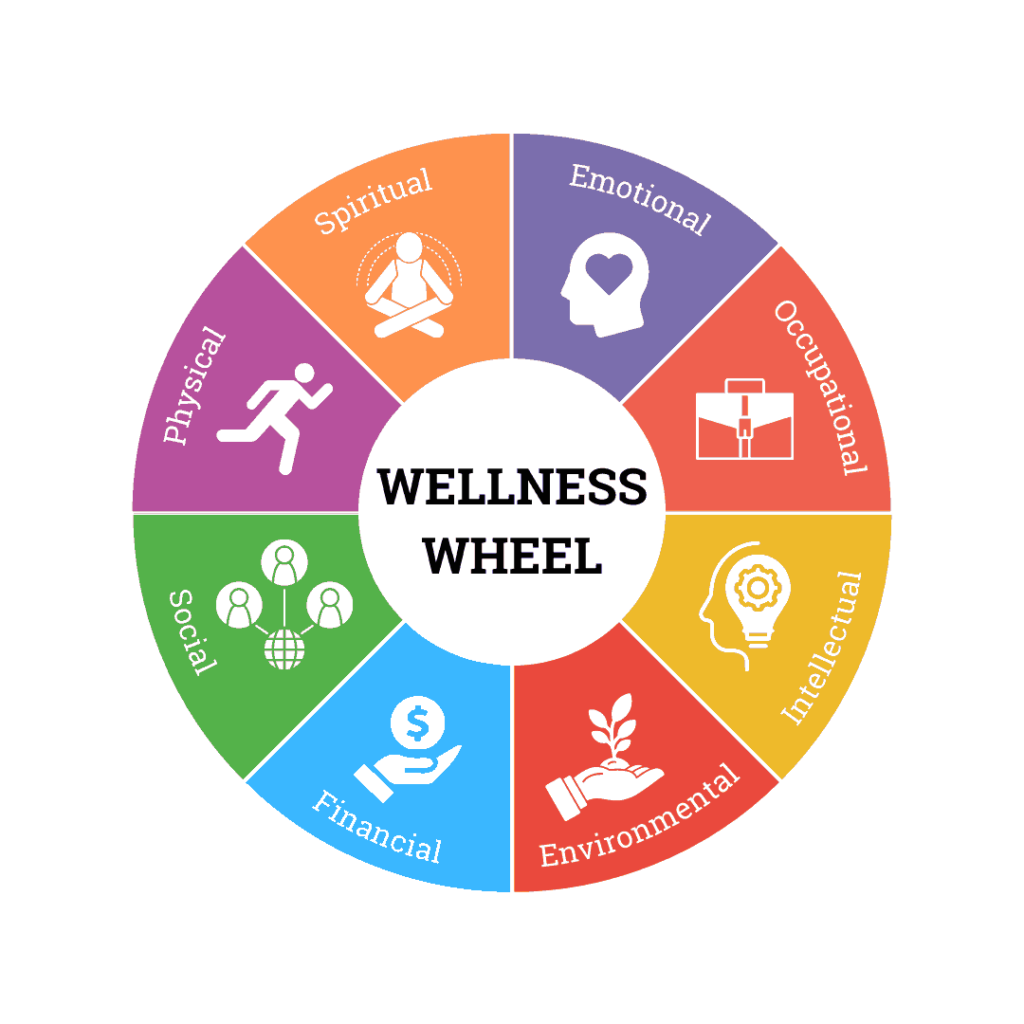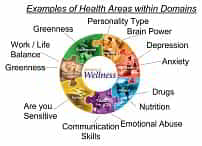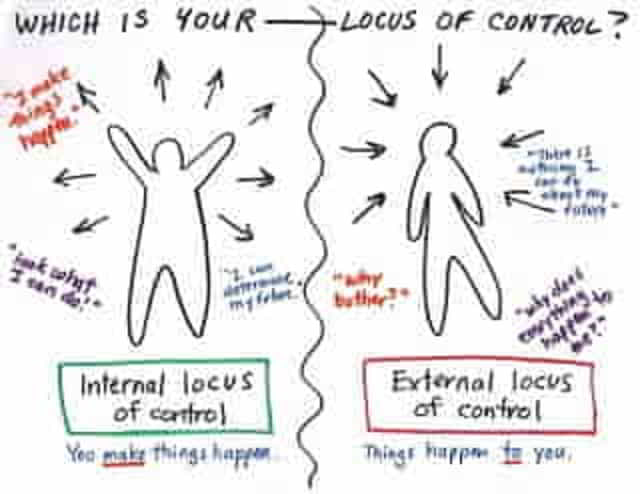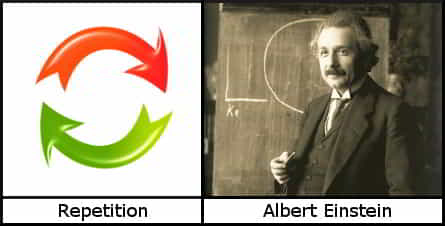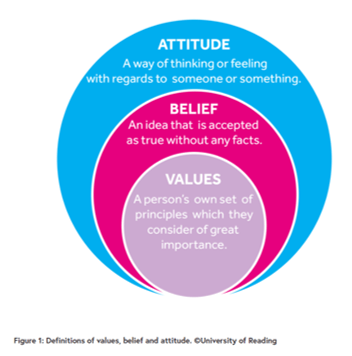Your Dashboard Tools
it's 21 Sep, 2024 9:55 pm
Healthy food eating exercise
field_5f0c304c72876 - is the title of the exercise
Exercise Summary
The following was written by Shereen Lehman, MS and published by verywell fit:
1-Week Healthy and Balanced Meal Plan Example
Main Activity
Study, educate and create an action plan of activity
Planning a daily menu isn’t difficult as long as each meal and snack has some protein, fiber, complex carbohydrates, and a little bit of fat.
Here’s what you need to know about each meal:
– Eating breakfast will help you start your day with plenty of energy. Don’t ruin your breakfast with high-fat and high-calorie foods. Choose some protein and fiber for your breakfast; breakfast is also a good time to eat some fresh fruit.
– A mid-morning snack is totally optional. If you eat a larger breakfast, you may not feel hungry until lunchtime. However, if you’re feeling a bit hungry and lunch is still two or three hours away, a light mid-morning snack will tide you over without adding a lot of calories.
– Lunch is often something you eat at work or school, so it’s a great time to pack a sandwich or leftovers that you can heat and eat. Or, if you buy your lunch, choose a healthy clear soup or fresh veggie salad.
– A mid-afternoon snack is also optional. Keep it low in calories and eat just enough to keep you from feeling too hungry because dinner is just a couple of hours away.
– Dinner is a time when it’s easy to over-eat, especially if you haven’t eaten much during the day, so watch your portion sizes. Mentally divide your plate into four quarters. One-quarter is for your meat or protein source, one-quarter is for a starch, and the last two-quarters are for green and colorful vegetables or a green salad.
A complex carbohydrate-rich evening snack may help you sleep. Avoid heavy, greasy foods or foods high in refined sugars.
Download
Title
Content
Download
Video
Title
Summary
Play
Now you have to decide if you want this exercise to be part of your action plan.
If you don’t, then either hit the back arrow or click the button to go back to look at another exercise.
If you do, then carry on down the page and follow the instructions.
If you want to include this exercise in your action plan, select Yes from on the right then click the green button saying ‘Include this exercise’.
Sadly you’ll go back to the top of this page – please scroll down and fill in the bits that appear before here.
Select the action plan you are working on
See the action plans you have created, and click the button to copy the action plan title in the one you want to associate this exercise with. A box will appear with the name of the action plan shown – click the grey button to the left of it. It will wobble and this will copy the title of the action plan into the clipboard. Then hit the X in the top corner to close that box.
Then click below where it says ‘Paste here’ and right click to paste the action plan title into the box and press the green button.
Test34 action plan called Before yoga
I need to prove how smart I am
LindaB action plan called test action plan
This is a test issue
Linda Contributor action plan called Testing an action plan
Test10 action plan called Testing new action plan
LindaB action plan called Let’s do this!
I feel I am too reserved and quiet and want to become more outgoing and deal with people better
Now you’ve copied the action plan title, paste it on the right and press the green button. After a short pause you will be taken to a page where you will set up your own version of this exercise.
Please bear with us while we set up your own version of this exercise. It will take a short while.
Now you’ve planned your exercise, you will be sent to the page for monitoring how you’re getting on with it.
Press the green button every time you want to add details of when you do the exercise. When you’ve decided how you feel about the exercise, you can fill in the last bits saying how you found it, then press the ‘Update Your Exercise’ button.
Add a comment
You can leave a comment below – we’ll get back to you.
